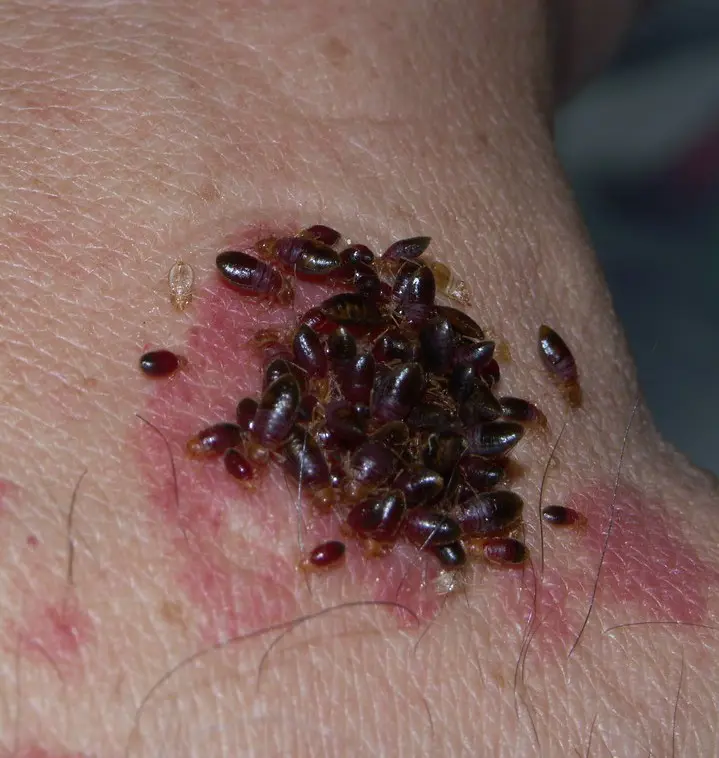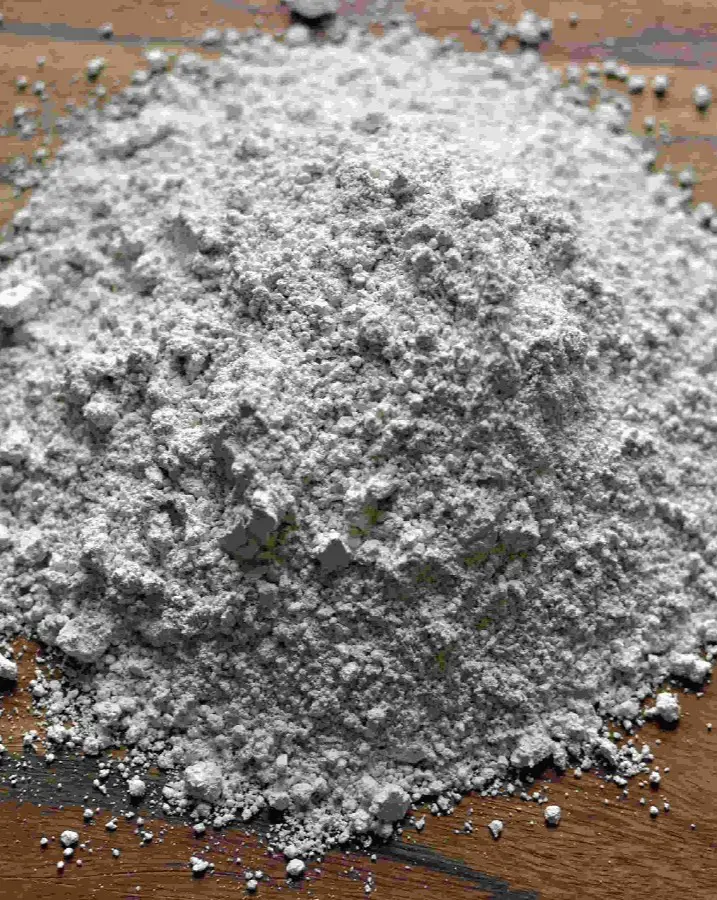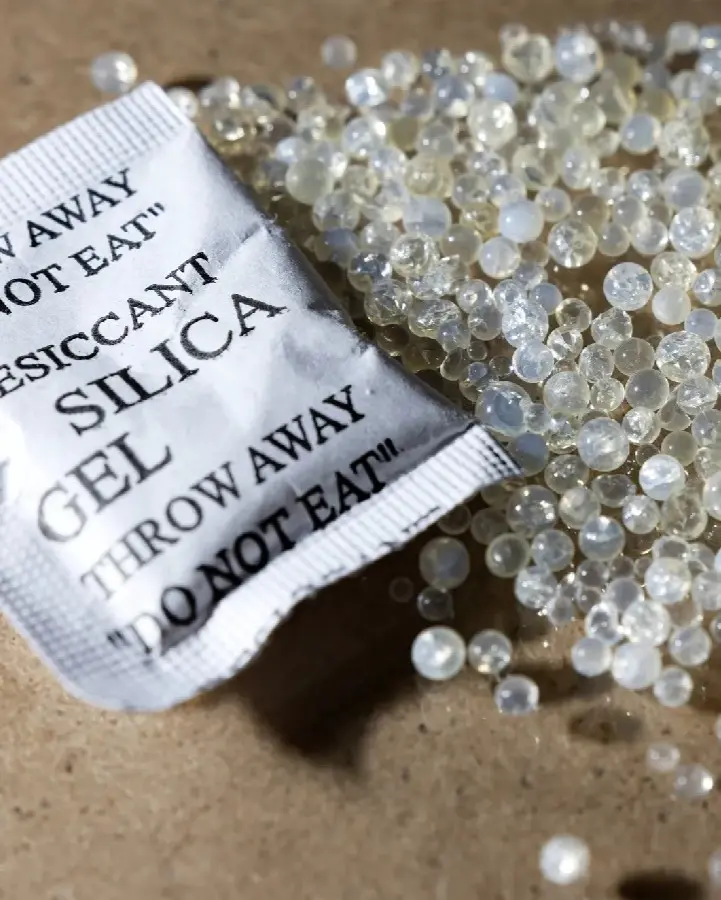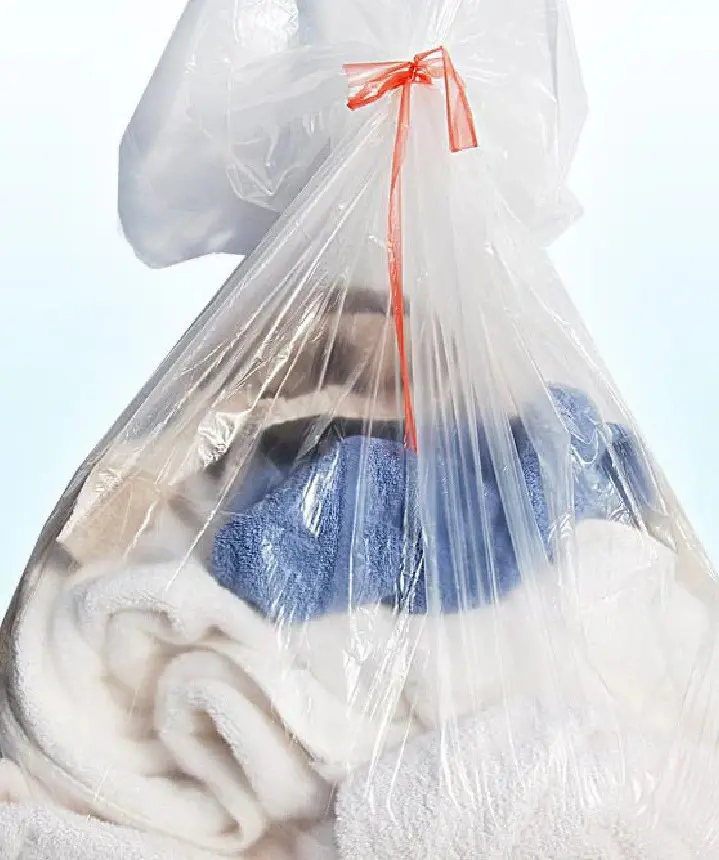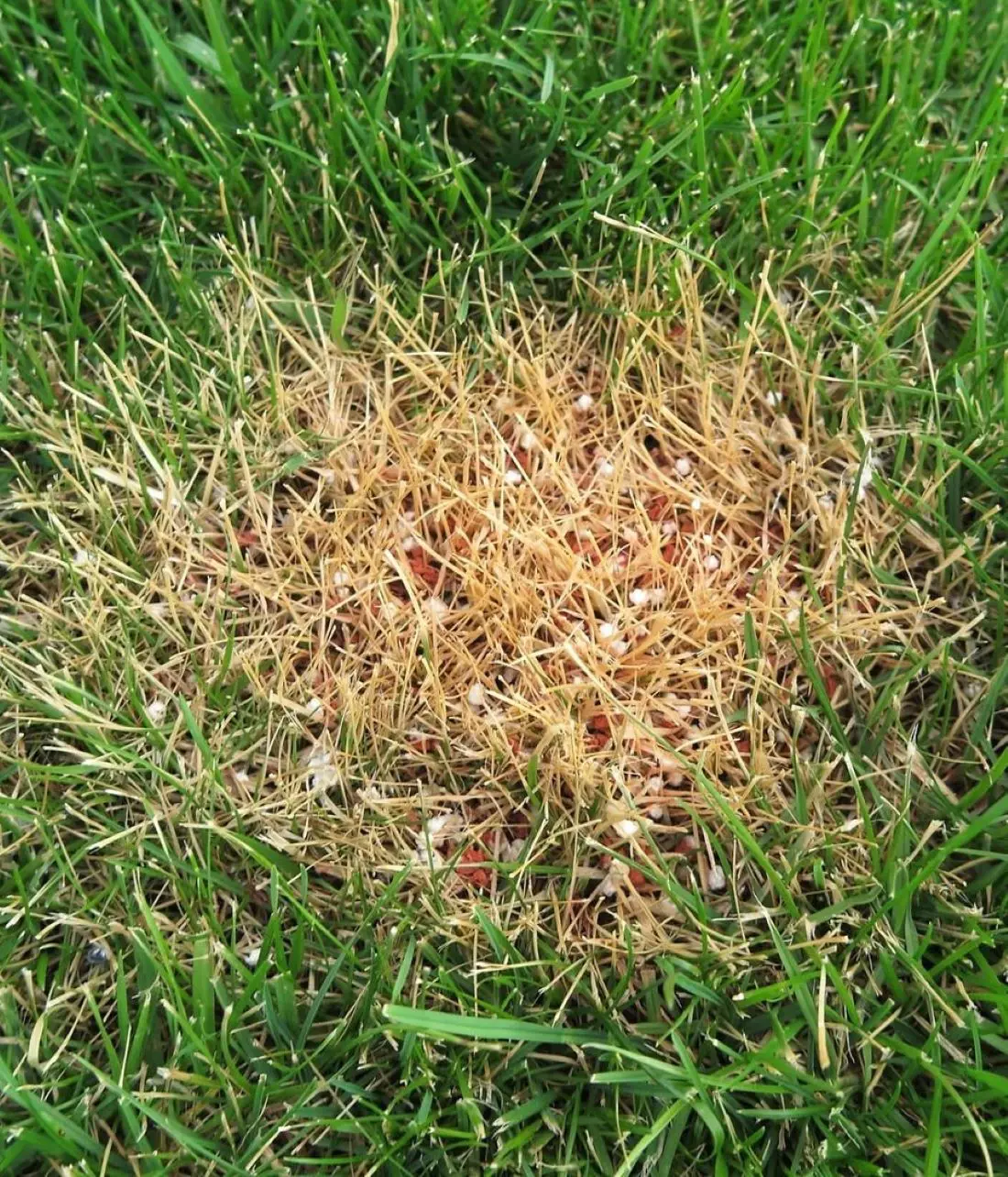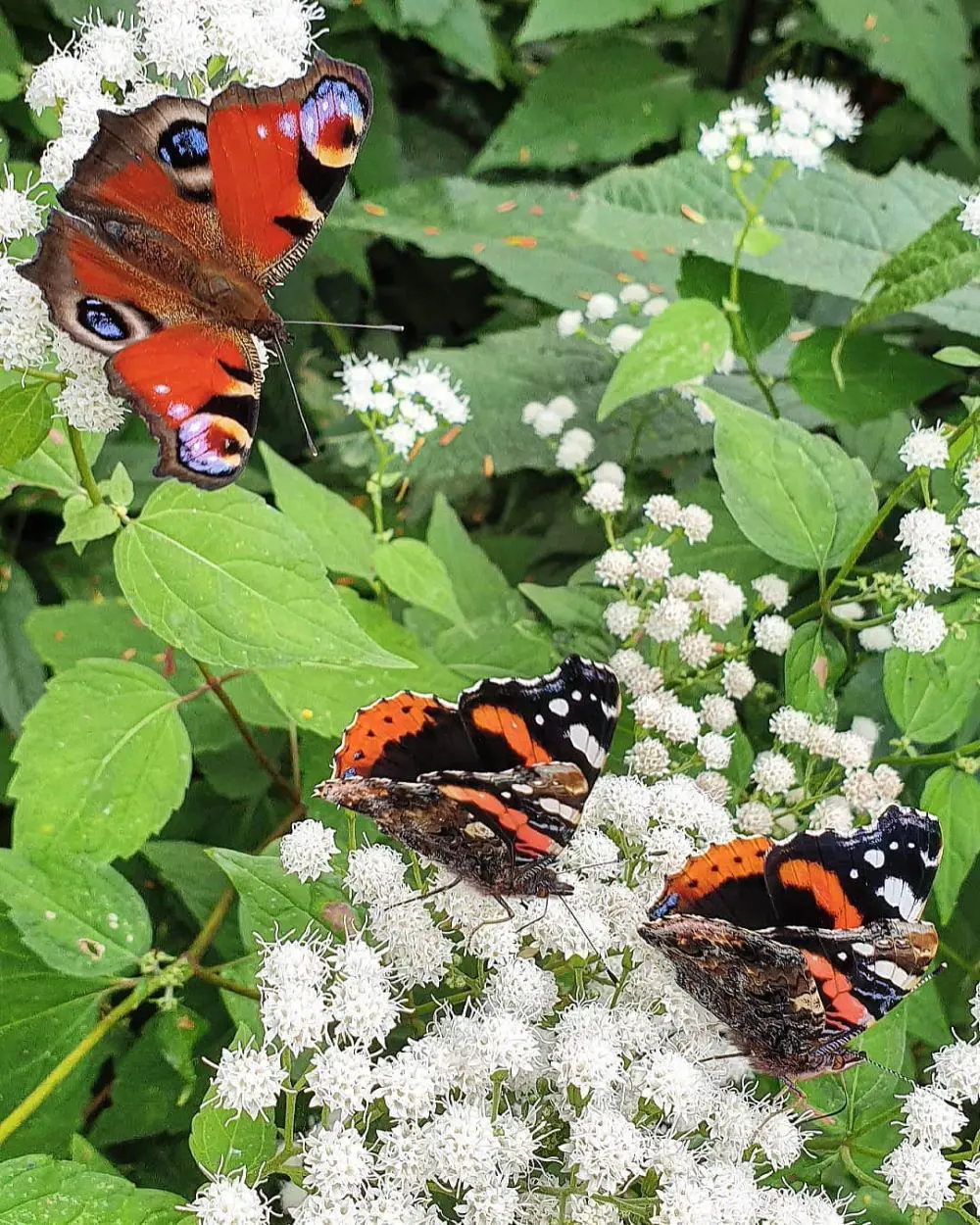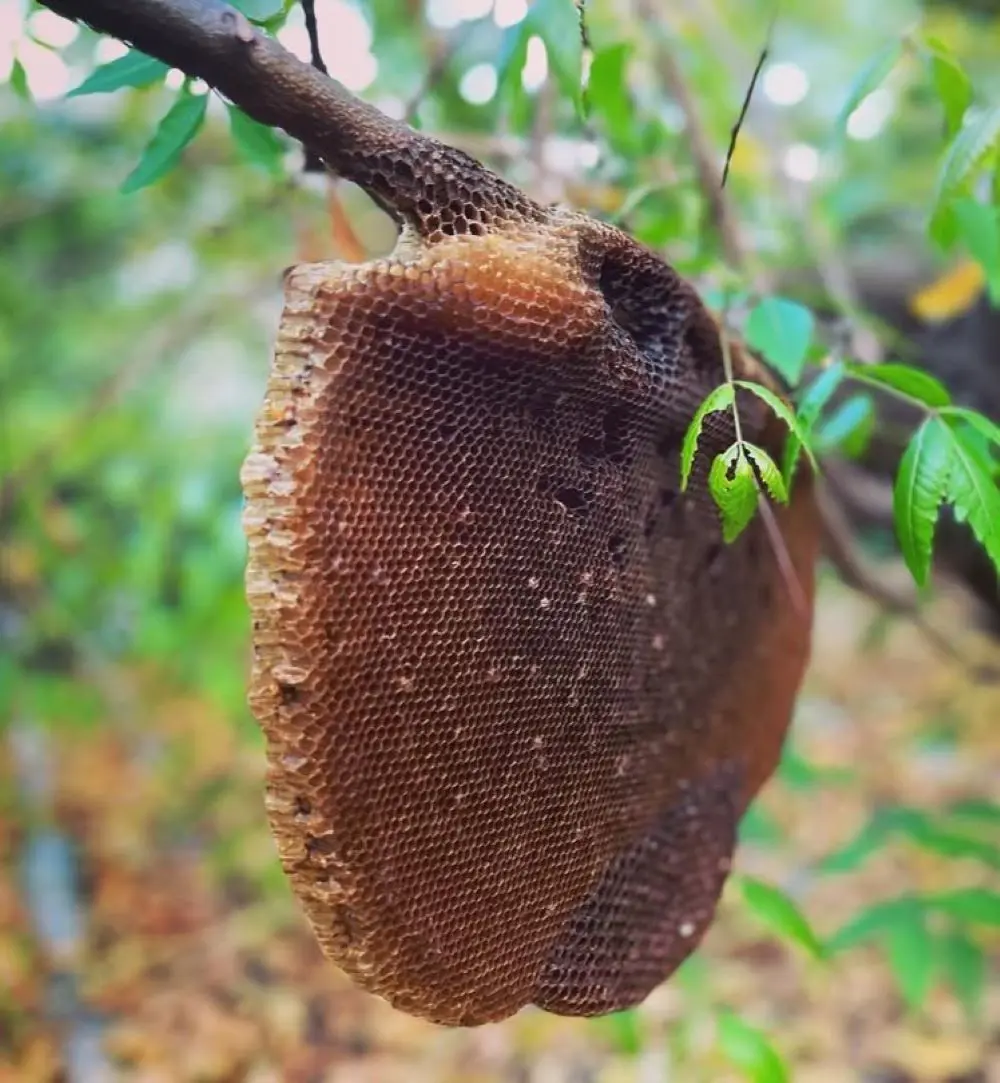1. Do Vacuuming
Bed bugs are tough to get rid of, but using a vacuum regularly can help a lot. A vacuum's strong suction can pull out adult bed bugs, their young ones (called nymphs), and their eggs from places they hide, like cracks, fabrics, and furniture.
When vacuuming for bed bugs, focus on spots like mattress seams, box springs, bed frames, and other furniture where they hide. Also, vacuum along baseboards, between cushions, and other hard-to-reach places. The more thorough you are, the better your chances of getting rid of all the bed bugs.
